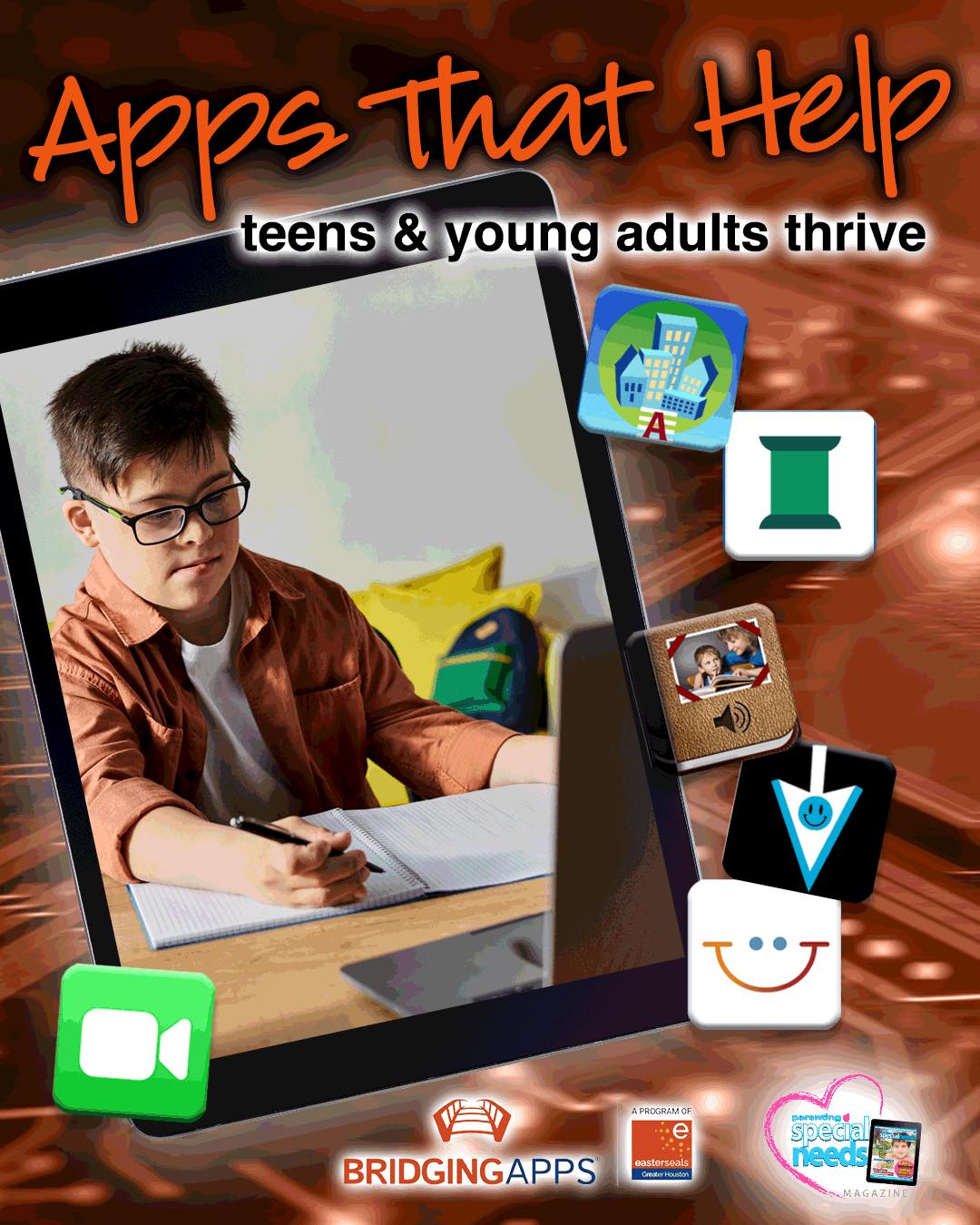Supporting your teen or young adult with a disability on their path to independence can feel both exciting and overwhelming. The right technology—from health apps to accessible gaming—can make that journey smoother, safer, and more empowering for the whole family.
If you have a teen or young adult with disability, it is likely you have mixed feelings about the constant focus on goals, benchmarks, data tracking and discussions about independence. On one hand, you are ready to step back and do less work, am I right? On the other, letting go and giving your child space to try new things without your help is a challenge. Also, whether it is about school, or health care or in social life – how do you define independence? How does your child think about it?
We have 20 children with and without disabilities among the BridgingApps team – and I can tell you that each of us has a different definition of what “independence” means! Each of us – like you – has struggled with the balancing act of encouraging our kids to do more things on their own (i.e. with less help from us), while keeping them safe. It’s hard. And it’s hard work.
For me, independence for my son is always evolving. Today – it may mean that he can get onto his online class all by himself. Wow! But he will always need a lot of help for activities of daily living. For my colleague, it might mean that her daughter can manageher paid caregivers by herself. For another, it may mean helping her son move into an apartment – but close by so she can support his steps towards how he defines being independent. For all of us, it is a conversation filled with fear, excitement and hope – that our children will thrive.
Part of this conversation naturally involves talking and listening to our children, and some of the tools we are sharing can be helpful.


